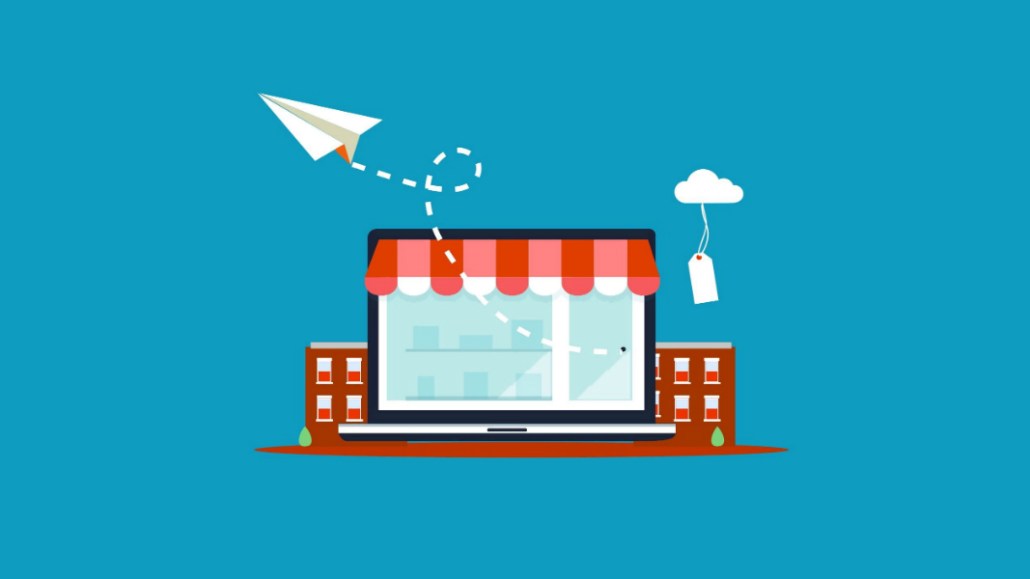How brands are combining SMS and email communication for e-commerce

Alexandre Hudavert, head of e-commerce solutions, Sendinblue
Email marketing has proven vital for e-commerce brands in the last decade. From the humble newsletter to the wonderfully effective abandoned cart email, it’s likely that every brand selling online has utilized some form of email to acquire and re-engage customers.
However, the versatility of email is still underestimated. On a fundamental level, it’s still one of the most cost-effective and scalable communication channels. And, brands own it — they’re not reliant on third parties and their ever-shifting conditions.
An underrated yet powerful partner for email is SMS, and successful e-commerce brands are leveraging both email and SMS to engage customers and create a tailored multichannel communication strategy that drives more sales and conversions.
Email and SMS differ in their recommended frequency
An email strategy for e-commerce is different from a standard email marketing approach because there are not only the usual promotional messages but also transactional emails. This includes order confirmations, delivery updates and any other notifications based on customer actions in the store. Promotional emails are used to inform audiences about offers, share new product arrivals and generally keep in touch, educate and raise awareness.
The same applies to text messages, as email and SMS have much in common. Both channels have the significant advantage of control over sending time and frequency. And because both channels share this, it’s possible to sync when messages hit the customer’s inbox or phone. In addition, both are very cost-effective.
Ad position: web_incontent_pos1
So, brands can use SMS for e-commerce the same way they use email: To send both promotional and transactional messages. But, where’s the difference?
Unlike email marketing, where brands can get away with more frequent and less relevant messages, consumers still consider SMS a very personal communication channel. SMS is perfect for transactional messages, but brands should limit promotional communication.
The best examples of SMS ads are limited to only significant promotions, preferably personalized around the customer’s previous orders, major events for the customer, such as birthdays and anniversaries, and the post-purchase experience.
SMS is crucial for mobile-first strategies
For most e-commerce brands, even a cursory look at the analytics dashboard tells a simple truth — they need to focus on mobile. In the future, consumers are more likely to interact with brands, place orders and open order updates on their phone rather than a desktop.
Ad position: web_incontent_pos2
Email marketing is an excellent channel for mobile. People have their smartphones with them all the time, and it’s become easier to reach them wherever they are. Marketers have learned to optimize their emails for the mobile screen, adapting to the immediacy of a mobile-first world.
Even with this, adding SMS to a mobile strategy means taking advantage of some unique benefits. SMS is made for on-the-move communication and is more mobile-friendly by default, making it well suited to time-sensitive transactional or promotional messages.
Also, email deliverability is still a big focus for email service providers. As SMS is mostly just plain text and people tend to keep one phone number for years, managing deliverability is less of a burden. This makes texting perfect to complement transactional emails. By updating customers on the state of their orders with texts, including order shipping updates, brands can create a first-class customer experience that aids customer retention.
Use email for education and brand awareness and SMS to create urgency
Creating a sense of urgency is a time-tested tactic for promotional emails. Marketers often rely on limited-time offers and deadlines on discounts, and this psychological tool motivates customers to buy now rather than later.
But what if they don’t check their email in time? That’s where SMS shines with its high engagement rates, as 95% of SMS messages are read within the first three minutes of receipt.
That doesn’t mean brands should skip the email. After all, it’s a channel where they can raise brand awareness and educate customers with long-form content.
Ideally, brands should combine the two. For example, send a win-back promotional offer by email, taking advantage of the medium to inform and engage customers. And if they don’t open the email, the brand can send them a limited-time offer via SMS.
Enhance the post-purchase experience with transactional email and SMS
Another use case where email and SMS can complement each other very well is the post-purchase experience. Manners go a long way in e-commerce, and something as simple as thanking customers for a purchase or asking for feedback can increase customer satisfaction and drive loyalty.
The post-purchase journey starts with the order confirmation, which clients anticipate the most. Brands need to share a lot of information to put customers at ease, making email well suited for this message.
This is followed by the delivery confirmation, which is time-sensitive and something customers want to see immediately, making SMS a vital channel for the tactic. And brands can ask them for feedback on the product and experience in the same text. It shows that brands value them and provides a more human and personal way of connecting with them.
Brands conducting business online should combine the power of email and SMS to provide a more personalized e-commerce experience. While both are very similar and benefit from increased control and cost-effectiveness, brands should consider their differences to create a cohesive strategy that helps their customers.
While email can deliver more informative and branded content, SMS messages are great for sending important and time-sensitive messages directly to customers’ phones. And, leveraging partners can help brands create the most tailored customer experience on the marketing channel that makes the most sense for their product and audience.
Sponsored By: Sendinblue

